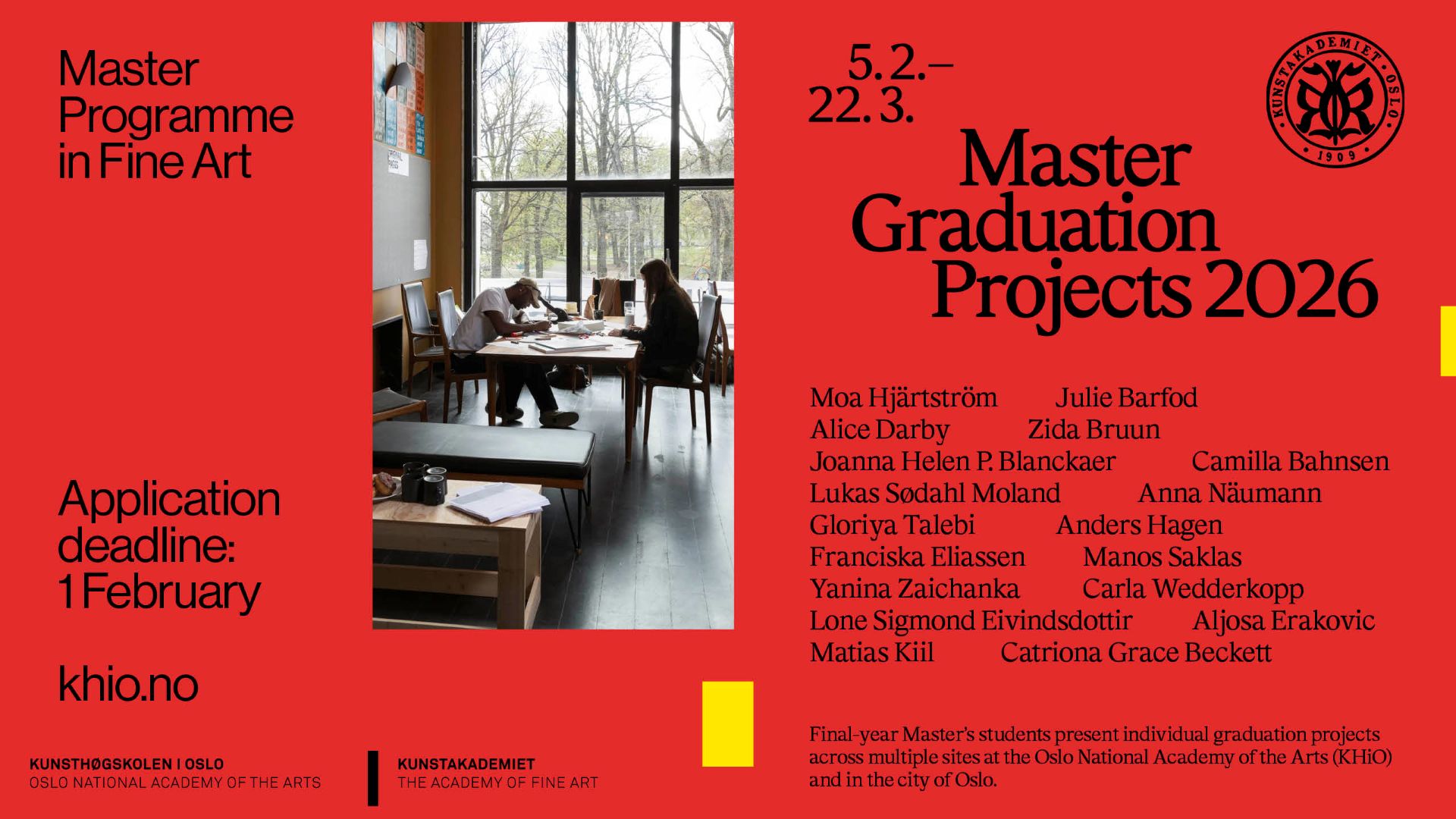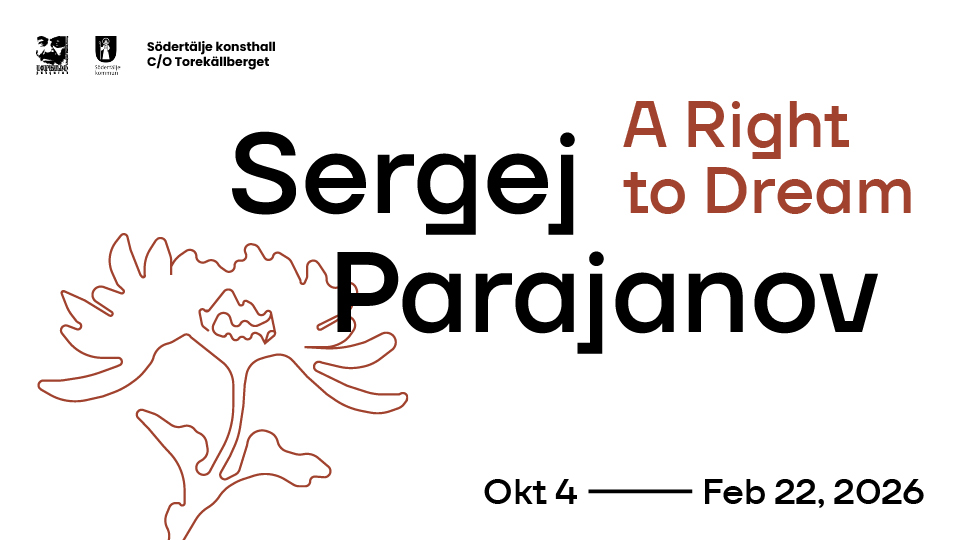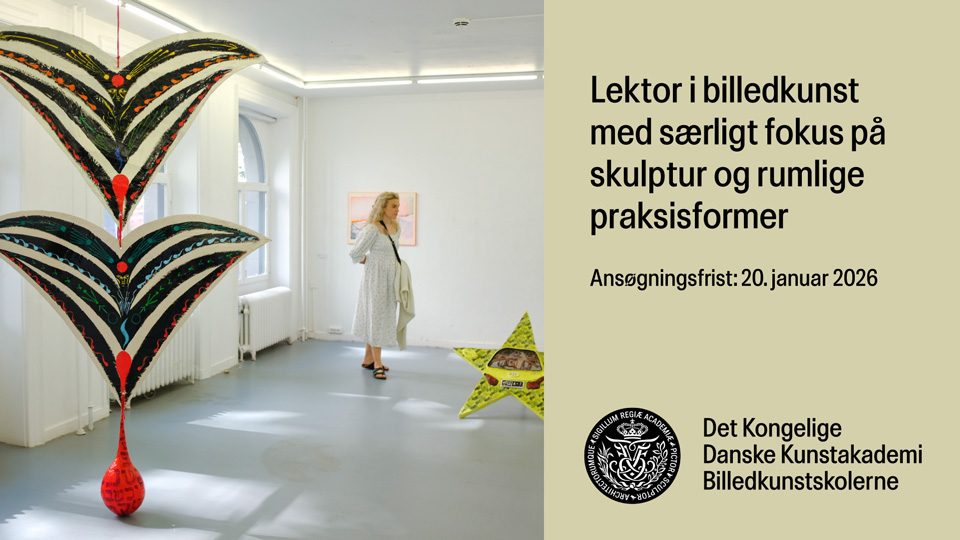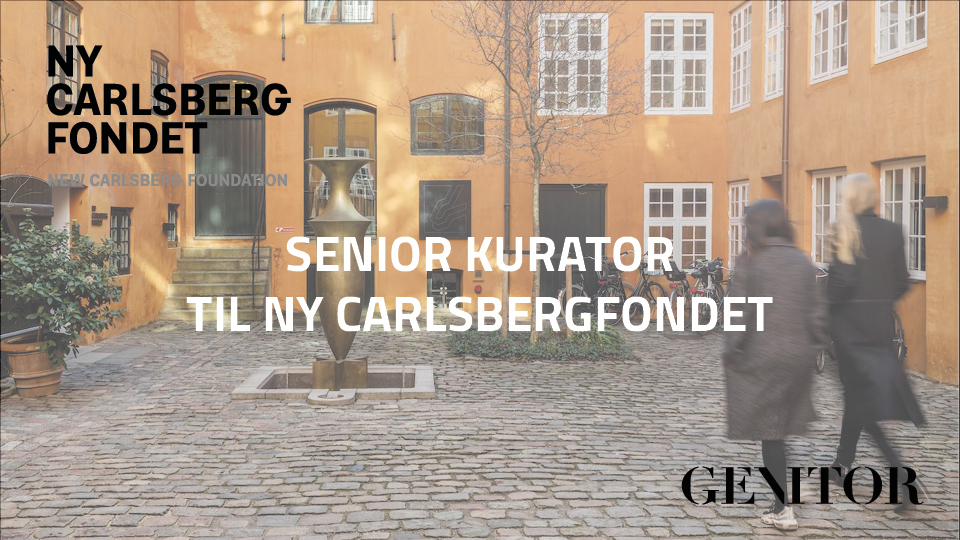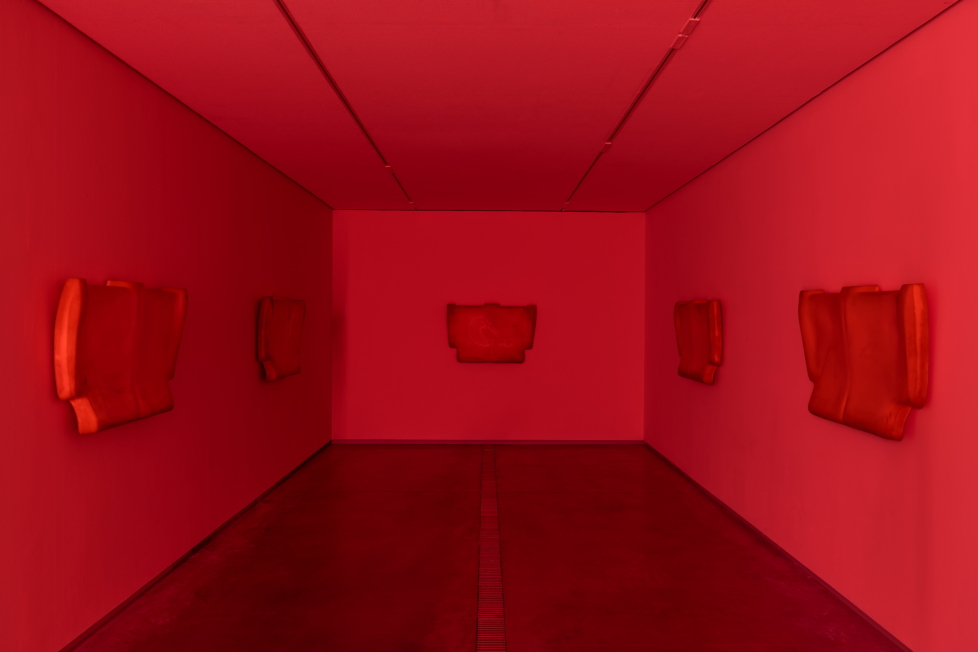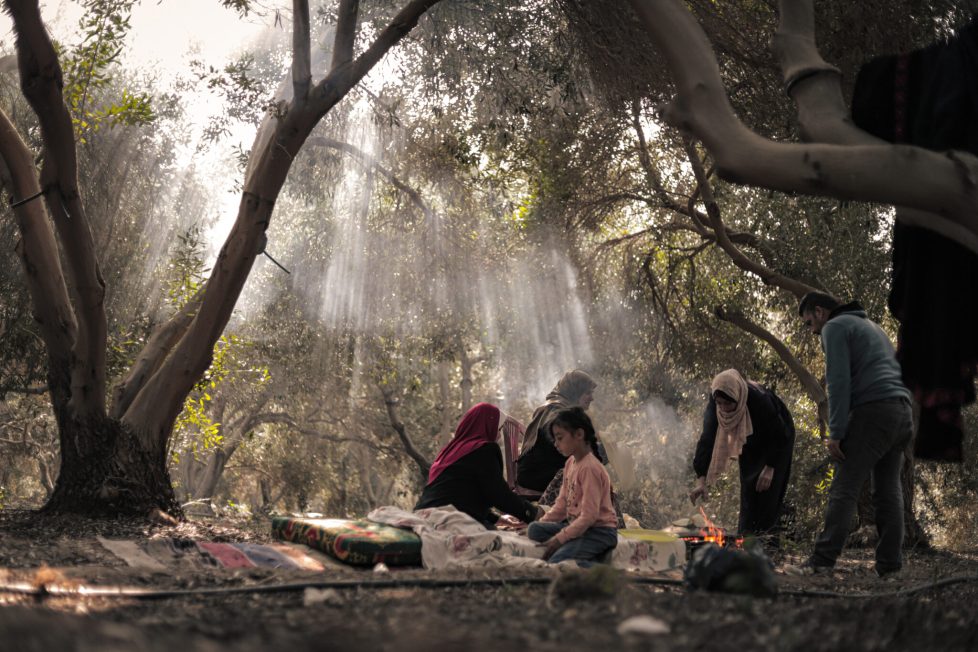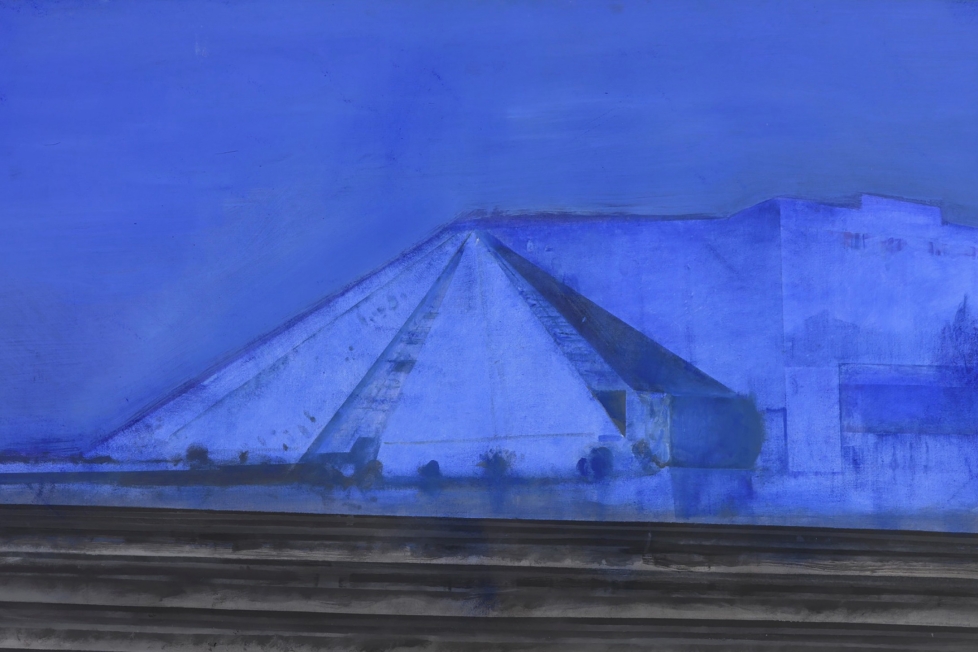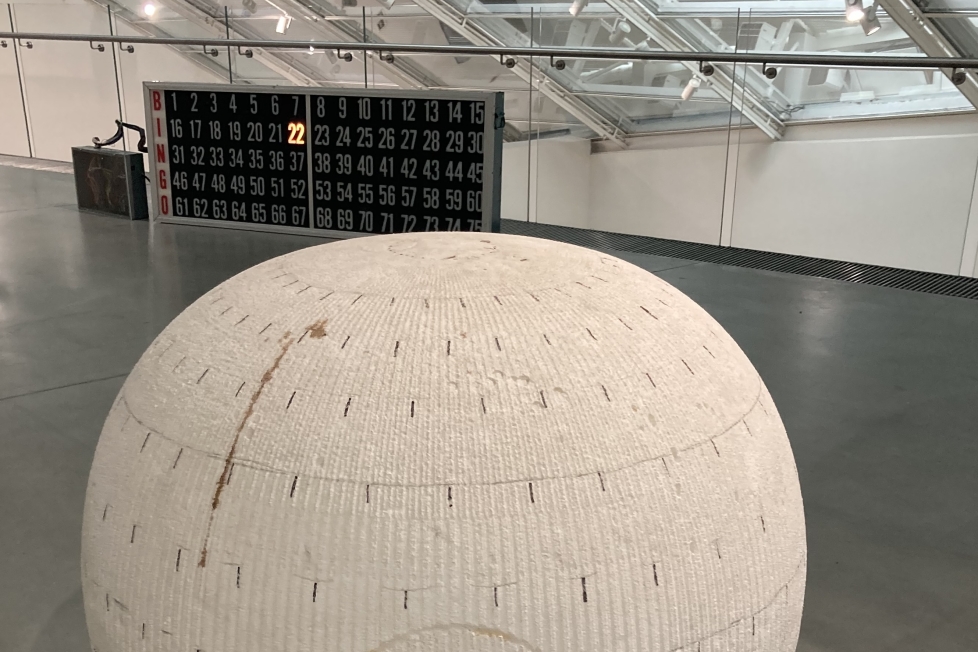
On Monday 14 December, Kunstkritikk reported that the rector of the Royal Danish Academy of Fine Arts’ Schools of Visual Arts, Kirsten Langkilde, will leave her position at the end of the year. With her departure, all the art academies in Scandinavia’s capital cities find themselves without management. The rector of the Oslo National Academy of the Arts, Måns Wrange, resigned earlier this autumn, while the vice-chancellor of the Royal Institute of Art in Stockholm, Sara Arrhenius, has been on sick leave and leave of absence since last year.
Langkilde was appointed rector of the Copenhagen academy in 2018. At the end of August this year, professors at the academy officially declared their distrust of her. They described Langkilde’s management style as authoritarian and unclear, claiming that decisions were not very transparent, and reporting a poor working environment where the competencies of the professional staff were not appreciated and valued. She was also criticised for having an unclear strategy and direction for the school, one which did not reflect current movements in contemporary art or the students’ needs.
The Danish Ministry of Culture responded to this declaration of no confidence by initiating a series of meetings between Langkilde and the staff. At about the same time, the general public was made aware of the so-called “bust action,” which saw the group Anonyme Billedkunstnere (Artists Anonymous) and the head of one the departments at the academy, Katrine Dirckinck-Holmfeld, remove a bust of King Frederik V from the academy’s Assembly Hall and toss it into the Copenhagen canal. The anti-racist action received massive attention in Danish and Nordic media and has been a source of unusually active internal debate on the Danish art scene, but Langkilde’s response has been scant.
In their meetings, Langkilde and Danish Minister of Culture Joy Mogensen failed to reach an agreement on what it will take to solve the challenges at the school. Hence, new blood is needed, the press release announced, and Langkilde was de facto fired.
Wanted to strengthen collegial co-management
When Måns Wrange was elected rector of the Oslo National Academy of the Arts in the spring of 2019, union representatives at the academy spoke of a poor working environment, little co-determination, and how professional staff were not consulted and professional advice was not taken into account. The hope was that the new rector would ensure greater staff participation in the school’s decision-making processes, and Wrange told Kunstkritikk that he planned to strengthen collegial co-management at the school as well as its democratic forum with representatives from the student body and the faculty.
In the wake of the Black Lives Matter protests this spring, twelve doctoral students at the school sent out a call for increased efforts against racism, sexism, and abuse of power at the academy. Later, a similar petition was signed by a larger group of students. Wrange’s responded by reannouncing the comprehensive three-year plan for “diversity, inclusion, and anti-discrimination strategies” that he had presented when taking up his position a year ago, which he claimed largely precipitated the kinds of measures proposed.
These appeals and Wranges plan were opposed by five students in an essay published Morgenbladet, in which they claimed that activism and identity politics threatened to replace actual teaching at the school. The discussion garnered much attention in Norwegian media, and this, on top of family issues back home in Sweden combined with the difficulties imposed on his weekly commutes by the pandemic, ultimately prompted Wrange to resign on 27 October.
“I have now realised that I have become so associated with the criticism where it can be perceived that as rector, I have taken a stand for one group of students against another,” Wrange said in a letter published on the academy’s website.
Overall, turnover among the rest of the management at the Oslo National Academy of the Arts has been quite high in recent years, and last year Kunstkritikk reported that almost all of the academy’s deans were either resigning or choosing not to extend their tenure. Until the academy elects a new rector, Markus Degerman, dean of the department of art and craft, will be acting rector.
Absent since September 2019
Wrange has previously spoken about his efforts to democratise the decision-making processes at the Royal Institute of Art in Stockholm, where he was vice-chancellor [equivalent to rector] from 2008 to 2014. But after Marta Kuzma took over the position in 2014, the institute has been plagued by problems and crises, according to an internal report obtained by Kunstkritikk in June. Having received considerable criticism for her leadership, Kuzma resigned in 2016, four years ahead of schedule. That same year, the institute was also ravaged by a fire.
The current vice-chancellor, Sara Arrhenius, has been on sick leave and on leave of absence since September 2019. In the meantime, deputy vice-chancellor Fredrik Ehlin has filled the position. He told Kunstkritikk about the work involved in tidying up matters such as missing strategy documents, internal disputes, and vacancies among key positions in the administration. But Ehlin, too, went on parental leave this summer, and until Arrhenius returns in January, the former rector of the Swedish Defence University College, Romulo Enmark, has stepped in as interim vice-chancellor.
The situation at the Royal Institute of Art has improved since 2016, but the internal report still describes a dysfunctional learning and working environment, demoralised staff, low trust, and a lack of respect and loyalty towards management. The institute’s management is criticised for “isolating themselves from the rest of the school,” a point of view confirmed by student representative Nicole Newsha Khadivi in a letter. She describes the management of the school as top-down, stating that decisions are made by a few people only.
It would appear that there are quite a few structural commonalities underpinning the problems seen at the art academies of the Scandinavian capitals. Staff and students alike speak of unclear management strategies and poor internal communication, and the artistic staff find that their competencies and input are not taken into account. The result is a crisis of confidence between the academies’ management, staff, and students. As 2020 draws to a close, none of the academies have tenured rectors.

Last updated on 18 December 2020, 8:29 pm.
